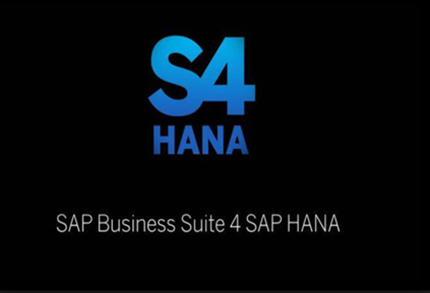How to decide when to move to SAP S/4HANA

TAKE NOTE (Insights into SAP solutions and Emerging Technology)
In this Q&A, Shaun Syvertsen of Convergent IS says that SAP S/4HANA can be transformative — if your organization has the right mindset.
Why should organizations consider making a move to S/4HANA?
Shaun Syvertsen: If they’re looking at it as an opportunity not to replace their existing system in kind but to take a leap forward, then that’s a really exciting proposition. I think the folks aren’t ready to think about it that way should probably hold off until there is a broader community of people who have done an implementation. But for the folks are ready to make a leap like that, get in there, get a good partner, get a team from SAP Services and start prototyping.
So there are some organizations that should hold off on implementing S/4?
Syvertsen: Absolutely. If your organization comes out and says “We need to replicate all of our old stuff in the new system,” then they’re just replacing in kind and that’s a massively missed opportunity. So to those guys I would say hang off a little bit, not necessarily until it’s a more mature product, but until there’s a more mature ecosystem of organizations that are running it and can demonstrate why more modern business processes are leveraging that capability.
It’s also harder for an organization like a municipality to change some of its business processes. Some organizations aren’t as forward looking and they’re saying “It’s running OK so don’t bug me.” I’d say they are well served to sit back and watch a little bit. Also, I think for something [that is] legitimately new and that requires a different way of thinking about what it does and how to run a business on that, there’s a genuine shortage of organizations out there that can help with that kind of a transformation.
UNDER DEVELOPMENT(Information for ABAP Developers)
Layer Aware Debugging (SLAD) in SAP Demystified
Q. I keep hearing that ABAP Development is moving to something called Eclipse. I use SE80, what does this mean to me?
A. Let’s start this discussion by defining what Eclipse is. Eclipse is an open-source development environment that started life in its current form around about 2001. It really started to gain momentum in about 2004, and since then a new version has been released near the end of June every year, each named after a planet or a satellite. Its mostly been used for JAVA development.

